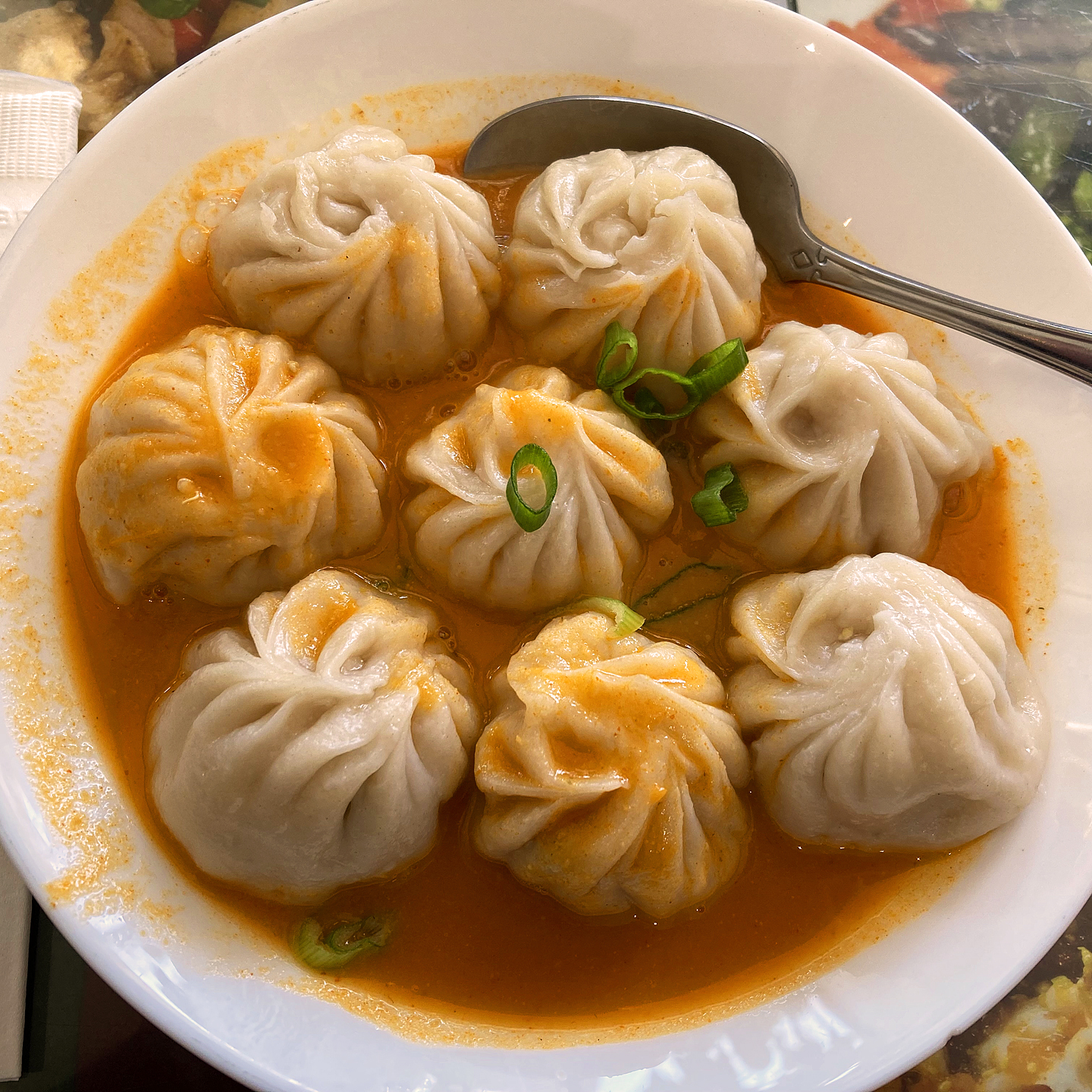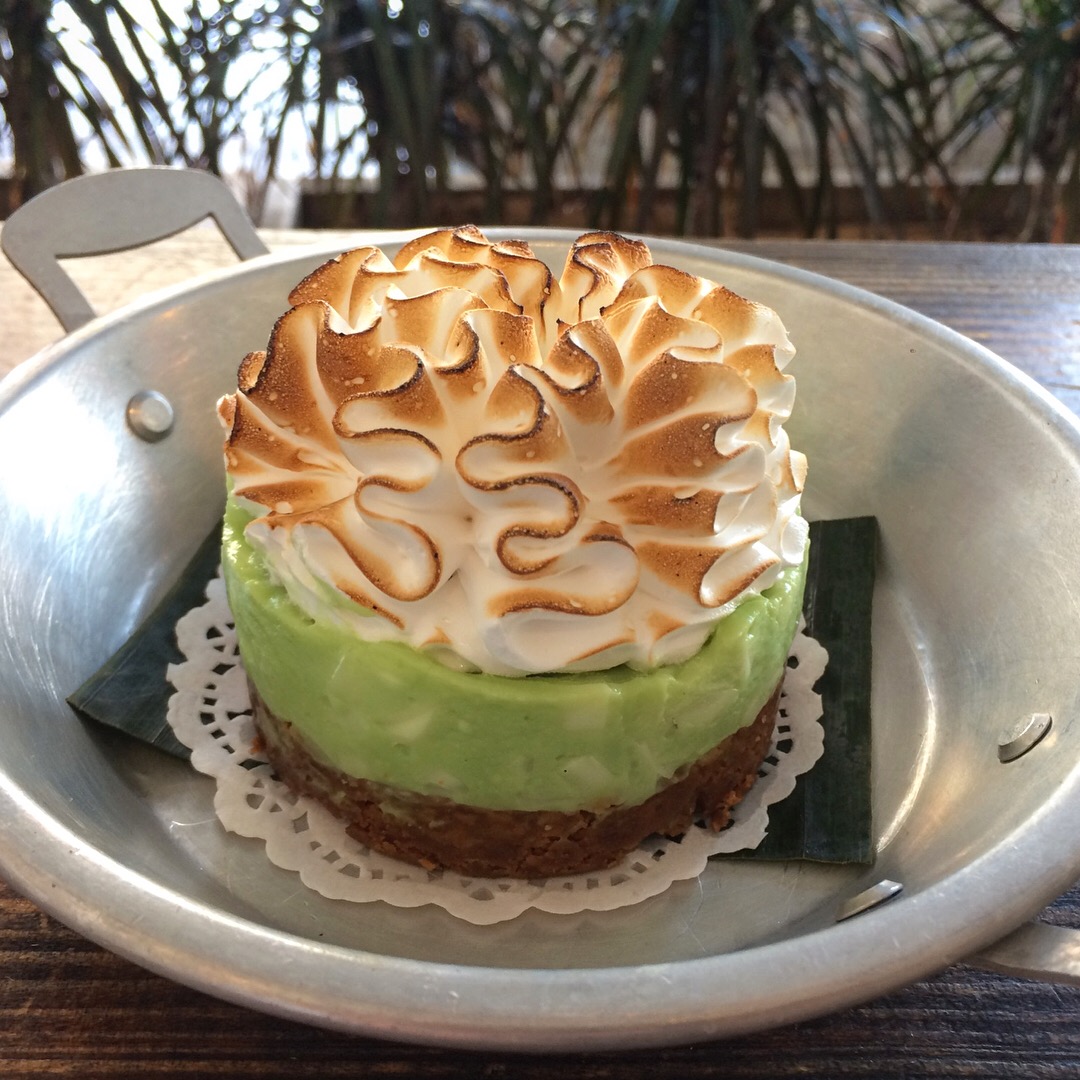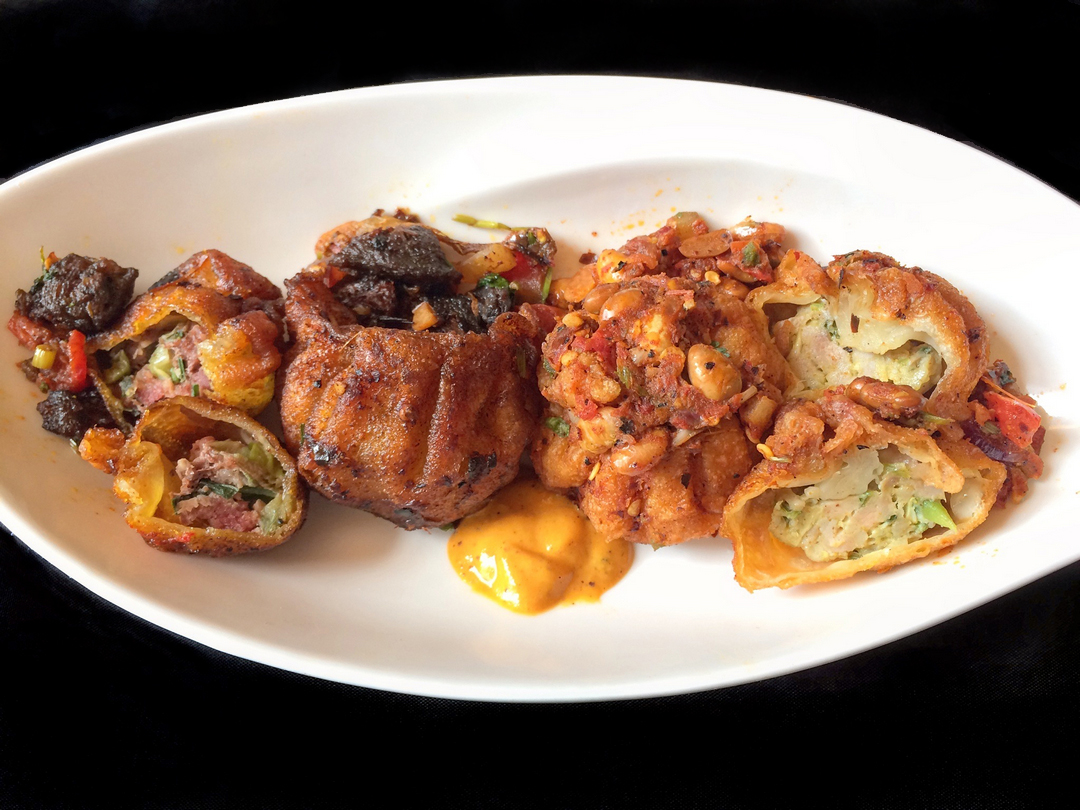An ethnojunket is a food-focused walking tour through one of New York City’s many ethnic enclaves; my mission is to introduce you to some delicious, accessible, international treats (hence, “ethno-”) that you’ve never tasted but soon will never be able to live without (hence, “-junkie”).
Ethnic Eats in Elmhurst
It is said that Queens is the most ethnically diverse urban area in the world. Its Elmhurst neighborhood reflects that characteristic in its own microcosm of Latinx and Asian populations, and on this tour, we’ll zoom in still further for a look at the sheer diversity of its Asian community and their culinary treasures.
On this ethnojunket, we’ll savor goodies from Indonesia, Thailand, Malaysia, Tibet, Nepal, Bangladesh, Taiwan, Japan, Hong Kong, the Philippines, and elsewhere in Southeast Asia and parts of China – surprising snacks that are practically addictive, unique Himalayan dumplings, exotic noodle dishes, sweet yogurt comfort food from South Asia, Taiwanese street food, and lots more! And if you’re into cooking, we can explore a large Pan-Asian supermarket along the way.
Details:
The cost of any tour is $95 per person (cash only, please) and includes a veritable cornucopia of food so bring your appetite: you won’t leave hungry, and you will leave happy!
Tours usually begin at 1pm and typically run about 3 to 4 hours (depending upon the neighborhood).
Sign up!
Simply send me a note below and tell me when you’d like to experience a food adventure and which ethnojunket you’re interested in – I’ll bet we can find a mutually convenient day! I’ll email you with details.
Please note: While I generally have a pretty good idea of what ingredients go into whatever we’re consuming, I can’t vouch for salt or sugar or gluten or so many other clandestine buzz killers. If you have any dietary restrictions or food allergies, please be mindful of that and take responsibility for them just as you would if you were dining under any other circumstances. (I’m a foodie, not a doctor!) By the same token, if something troublesome happens to you along the way, I can’t take the liability for that any more than if you were just walking along the street or in a shop by yourself. (I’m a writer, not a lawyer!) In other words, when you join one of my ethnojunkets, you are taking complete responsibility for your own welfare and safety.
What I can do is bring you a few hours of entertaining, educational, and delicious fun!
Questions? Feel free to write to me directly at rich[at]ethnojunkie[dot]com.



































